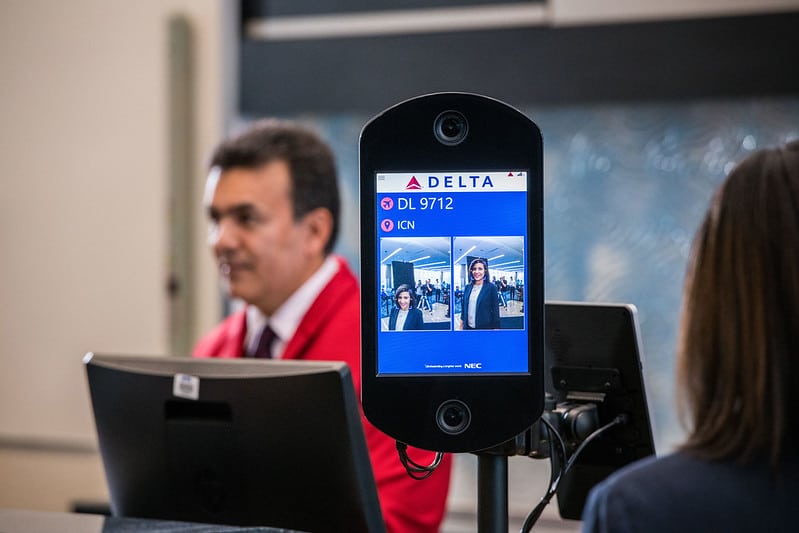The GAO (government accountability office) has reported 10 federal agencies are planning to increase the use of facial recognition technology (FRT) in several fields and offices.
Despite the backlash, they don’t seem to care. Jake Laperruque who is part of Project on Government Oversight, has said that “even with all the privacy issues and accuracy problems, the government is pretty much saying, ‘Damn the torpedoes, full speed ahead.’”
This technology is already being explored in various law enforcement fields and has seen backlash for the lack of consistency and major surveillance threat it poses. Amazon has stopped selling facial recognition tech to the U.S. Police, and states like Virginia, Massachusetts, and Maine have restricted the use of FRT.
The GAO did a survey of 24 federal agencies and how they utilize FRT:
16 agencies use it for digital access or cybersecurity:
“Of these, 14 agencies authorized personnel to use FRT to unlock their agency-issued smartphones — the most common purpose of FRT reported. Two agencies also reported testing FRT to verify identities of persons accessing government websites.”
6 agencies use it in criminal investigations:
“Six agencies reported using FRT to generate leads in criminal investigations, such as identifying a person of interest, by comparing their image against mugshots. In some cases, agencies identify crime victims, such as exploited children, by using commercial systems that compare against publicly available images, such as from social media.”
5 agencies use it for physical security, such as access to a building or facility:
“Five agencies reported using FRT to monitor or surveil locations to determine if an individual is present, such as someone on a watchlist, or to control access to a building or facility. For example, an agency used it to monitor live video for persons on watchlists and to alert security personnel to these persons without needing to memorize them.”
10 agencies said they planned to expand their current use:
“Ten agencies reported FRT-related research and development. For example, agencies reported researching FRT’s ability to identify individuals wearing masks during the COVID-19 pandemic and to detect image manipulation,” the GAO report wrote in a highlights section of its report.
“Furthermore, ten agencies reported plans to expand their use of FRT through the fiscal year 2023. For example, an agency plans to pilot the use of FRT to automate the identity verification process at airports for travelers.”
Facial-Recognition has received tons of backlash, namely for the lack of consistency and accuracy with the technology’s software. There is a lack of standardization and regulation in the field, which leaves room for error.
Computing experts have commented on the problems that misuse of this technology could result in if being used in the policing field.
Unlike the low-risk problems that result from using your smartphone face-ID, being caught in a situation where the recognition algorithm denies you entry or makes you liable in an arrest situation, the results can be much more drastic.
As facial recognition tech evolves, so will the requirement for transparency and accountability in its use across all fields.




